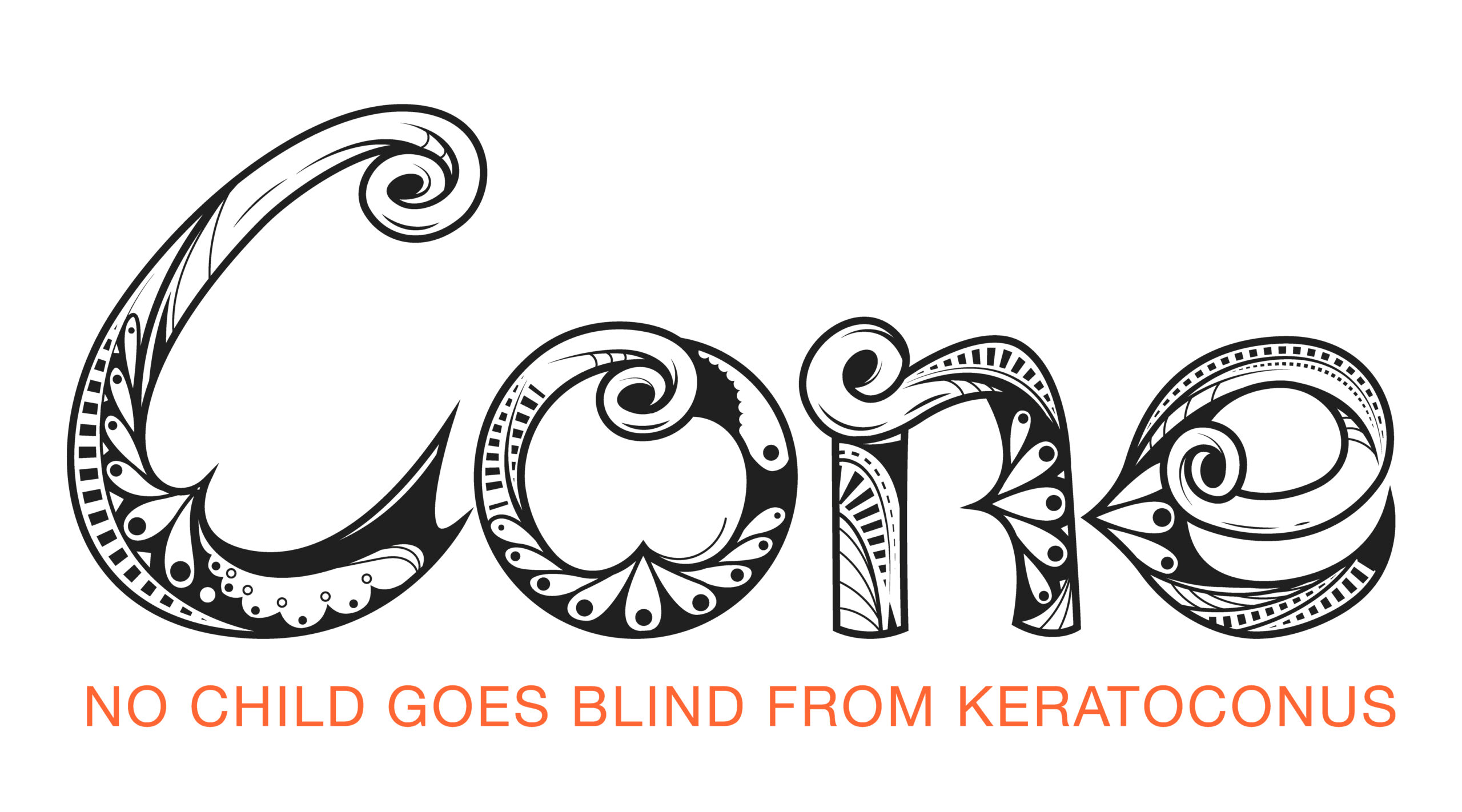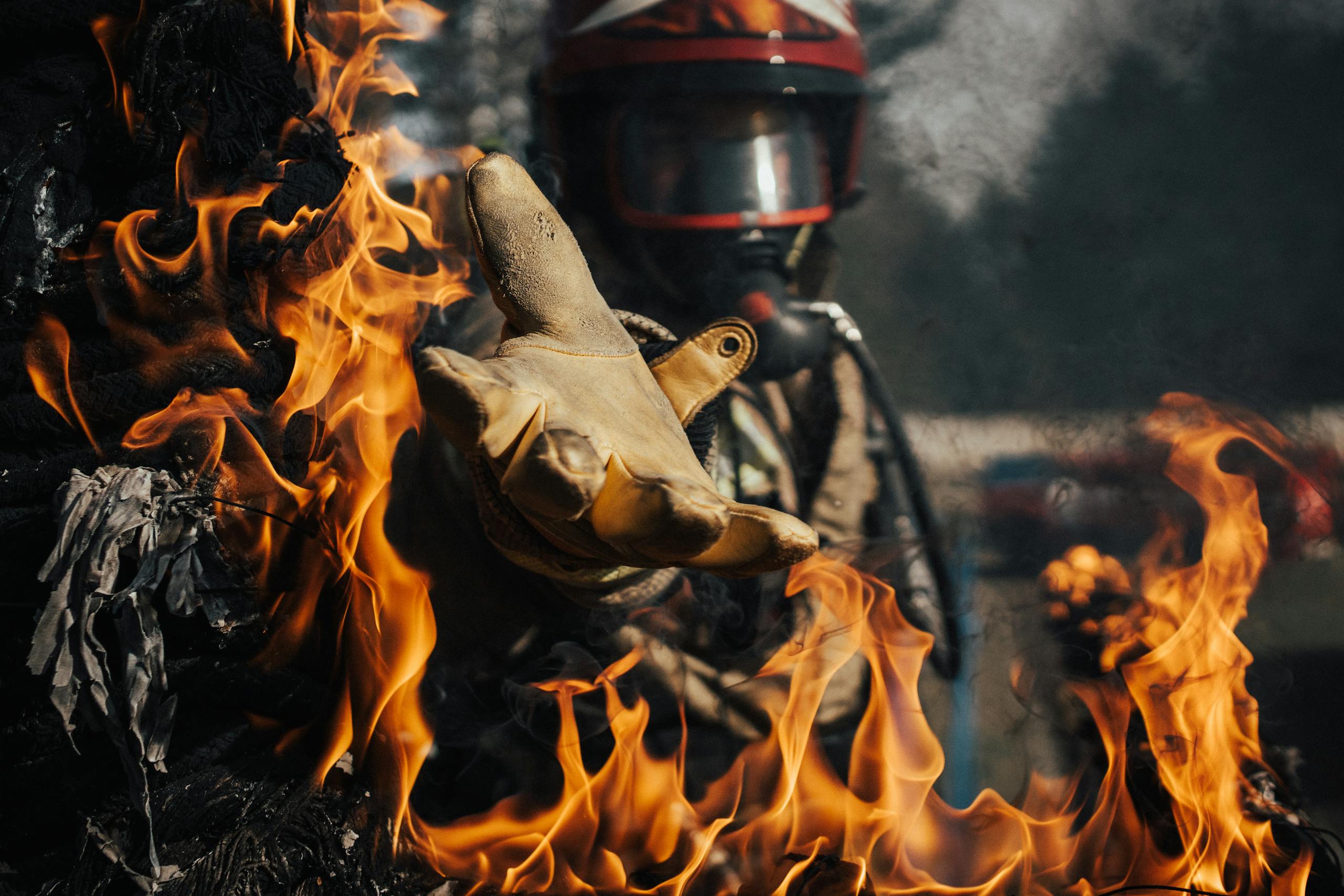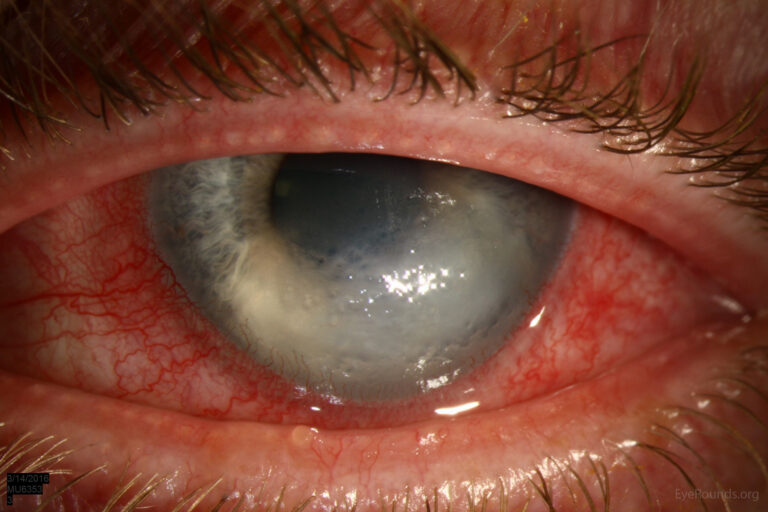Why I destroyed Tama’s dream of becoming a Fireman.
Tama (name changed to protect his identity), an 18-year-old boy saw me recently following Corneal cross linking (treatment for active keratoconus) and he talked about his desire to train to become a Fireman.
His vision in one eye was good but the other had reduced vision. Tama wears a scleral contact lens and with this he was able to see very well in his eye that had the disease. The issue is that to become a Fireman, they measure what he can see without any assistive devices such as glasses or contact lenses.
I had to let Tama know that his lifelong dream would not be possible as his keratoconus had advanced too much in the one eye. This prompted me to write this post on why I lie awake at night worrying about the kids that are undiagnosed in schools. Kids like Tama who are slowly losing their sight. I dream of a time when I don’t have to have these conversations in the future.
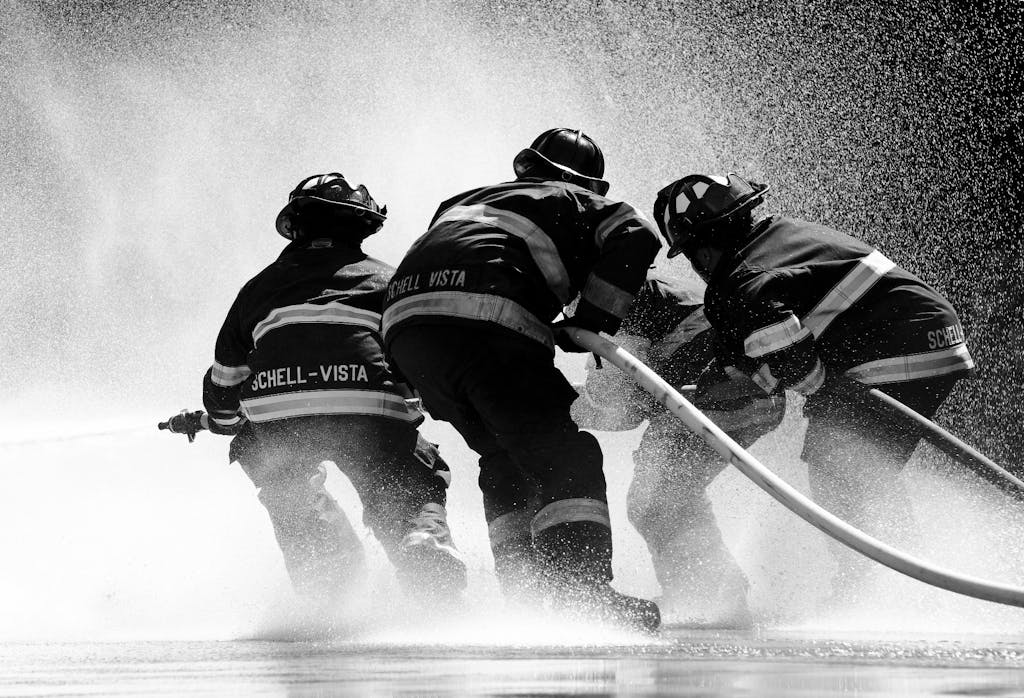
Had Tama come in a few months earlier, the cross-linking treatment may have halted his vision loss before it became too severe.
He may have had the opportunity to enter a career that he was so passionate about.
Like many of us when we think about what makes a job interesting or exciting, we often picture the cool uniforms, the action-packed scenarios, or even the teamwork involved. But behind all that, there are specific requirements that help determine whether someone is fit for a particular role.
One of the most critical of these requirements is visual acuity, or how well a person can see. In New Zealand, many jobs, especially in emergency services, transport, and the military, require good vision. In this essay, we’ll explore what visual acuity means, why it’s important, and the specific requirements for various professions like policemen, firefighters, pilots, and truck drivers.
What is Visual Acuity?
Visual acuity refers to the clarity or sharpness of vision. It’s typically measured using a standardized eye chart during an eye exam. You might have heard of the term “20/20 vision,” this is an American term used as the benchmark for normal visual acuity. In New Zealand we use 6/6 as an indication of normal vision.
This means that a person can see clearly at 6 meters what a person with normal vision can see at the same distance. If someone has 6/30 vision, it means they see at 6 meters what someone with normal vision sees at 30 meters, indicating reduced clarity.
Visual acuity isn’t just about seeing clearly; it also encompasses the ability to perceive details, recognize faces, and judge distances accurately. These skills are crucial for many jobs, especially those that involve public safety and transportation.
I have attempted to illustrate this with some photos I took in clinic using my phone…
Why is Visual Acuity Important?
In many professions, having good vision is not just a matter of convenience; it’s essential for safety and effectiveness. For example:
- Emergency Services: Police officers and firefighters often find themselves in high-stakes situations where every second counts. Clear vision can mean the difference between successfully identifying a threat or missing a crucial detail that could prevent an accident or save a life.
- Military: Soldiers need to have excellent visual acuity for surveillance, target identification, and navigation. Poor vision can compromise the success of missions and endanger lives.
- Aviation: Pilots are responsible for the safety of their passengers and crew. They need to see clearly at various distances and in different conditions, whether it’s during the day or in low visibility situations.
- Transport and Logistics: Truck drivers and bus operators are on the road for long hours, navigating complex routes and keeping an eye out for pedestrians, cyclists, and other vehicles. Good vision is vital for making quick decisions.
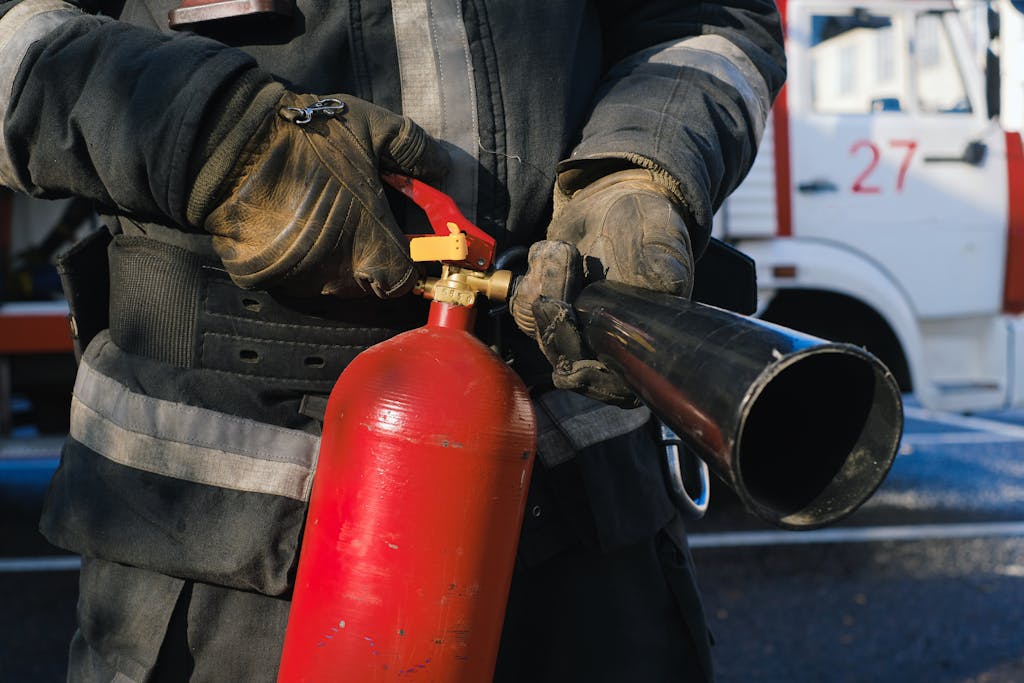
Visual Acuity Requirements for Specific Jobs
- Police Officers
- In New Zealand, police officers must meet specific visual acuity standards. Generally, they are required to have at least 6/9 vision in one eye and 6/12 in the other, with or without correction (like glasses or contacts). This level of acuity ensures that they can effectively perform their duties, which may include reading license plates from a distance, identifying suspects, or observing criminal activity.
- Colour Vision: Colour recognition is also important for police work. Officers often need to identify colours of vehicles, uniforms, or traffic signals. In some cases, a colour vision deficiency might limit an officer’s ability to perform specific tasks, so testing for this is also part of the recruitment process.
- Firefighters
- Firefighters face many challenges that require quick reflexes and sharp vision. The ability to see clearly in smoke or low-light conditions is crucial. The minimum visual acuity requirement is usually similar to that of police officers, around 6/9 in one eye and 6/12 in the other. Firefighters must also have good depth perception and peripheral vision, as they often work in dynamic environments where quick assessments are necessary.
- Night Vision: The ability to see well in dim light is also a significant factor. Firefighters need to navigate through dark buildings or smoke-filled environments, so good night vision is an asset.
- Military Personnel
- The New Zealand Defence Force has stringent visual requirements for various roles. For general enlistment, candidates usually must have at least 6/12 vision in both eyes. However, for specific positions like pilots or special forces, the standards are even higher.
- Specialized Roles: For pilots, the required vision might be 6/6 (perfect vision) without correction. Additionally, pilots must pass tests for depth perception and colour vision since these skills are critical for navigating and controlling aircraft.
- Pilots
- As mentioned, pilots face some of the strictest visual requirements. They typically must have 6/6 vision in both eyes, though some exceptions allow for minor corrections (like wearing glasses).
- Comprehensive Testing: Beyond basic visual acuity, pilots undergo comprehensive eye exams that assess colour vision, depth perception, and the ability to track moving objects. This is essential for ensuring they can safely operate aircraft in various conditions.
- Truck Drivers
- Truck drivers in New Zealand must meet specific visual standards to ensure road safety. Generally, the requirement is to have at least 6/12 vision in one eye and 6/24 in the other, with or without correction.
- Field of Vision: Drivers also need a wide field of vision to detect other road users and potential hazards. Regular eye exams are necessary to maintain a commercial driving license, ensuring that drivers can see well both during the day and at night.
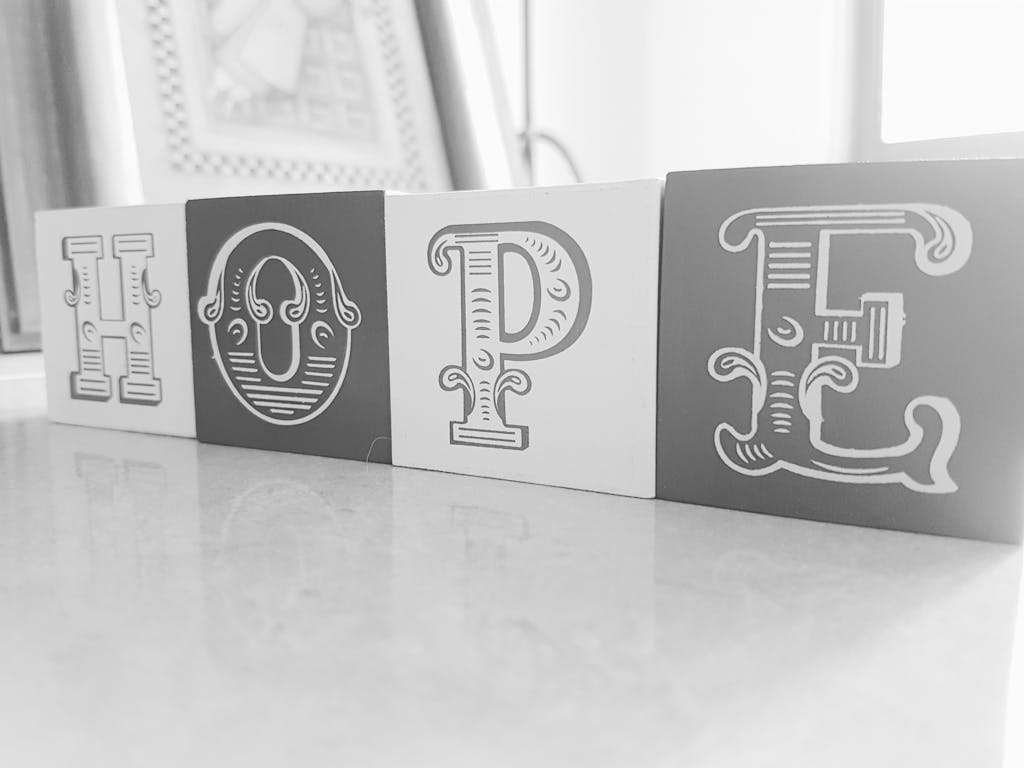

The dream of screening all children in New Zealand…
Visual acuity is a critical aspect of many jobs in New Zealand, especially in fields like law enforcement, firefighting, military, aviation, and transport. Each profession has specific visual standards to ensure that employees can perform their duties safely and effectively.
By screening ALL children in Intermediate and High School, we will find them before they are aware of a significant loss of vision. We will be able to monitor them and treat those that need it early on. This stops the eye getting worse. It does not repair the damage done; however this will ensure that our kids have less limitations, having clear vision can lead to a brighter future for them all!
